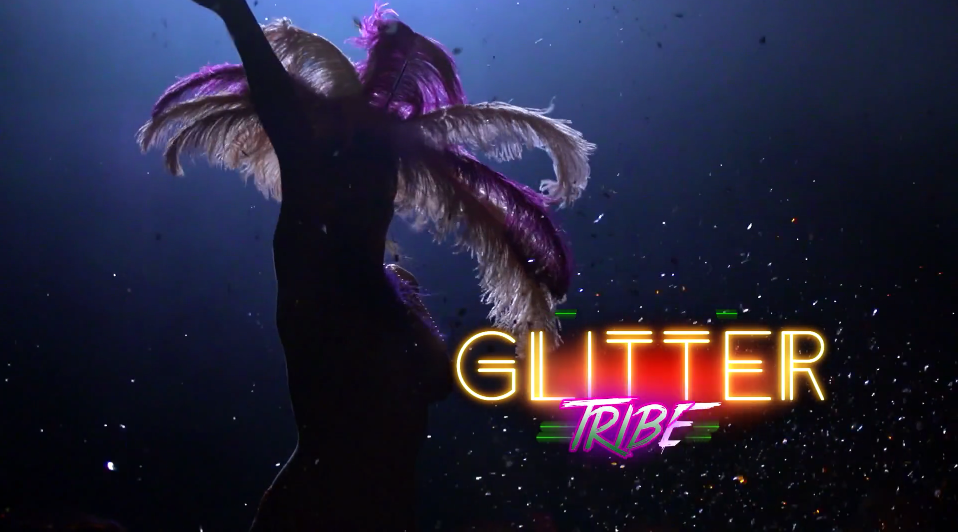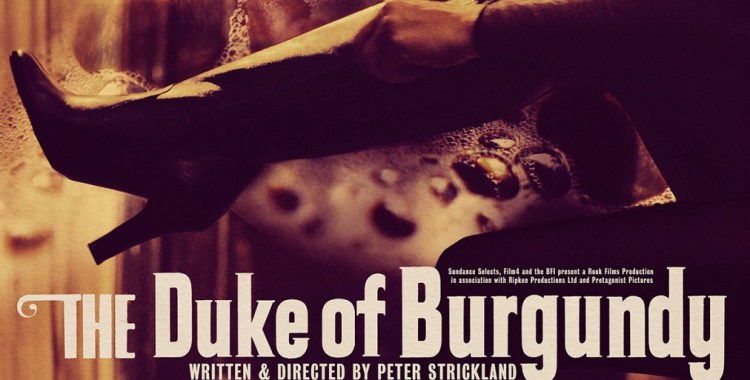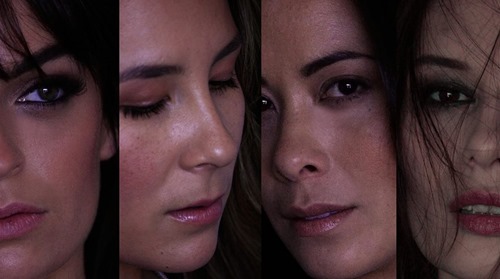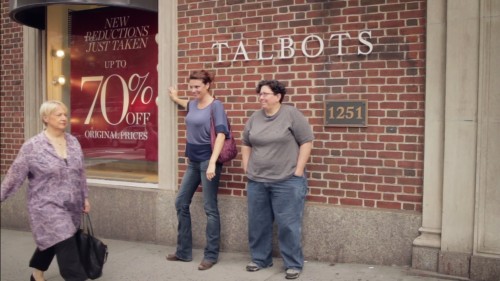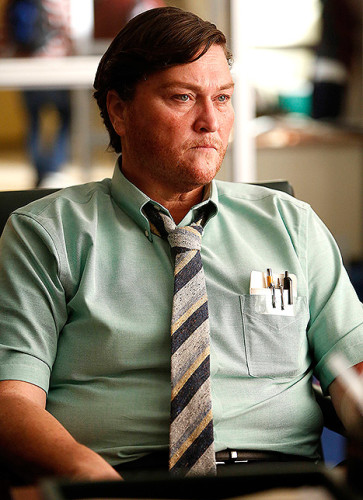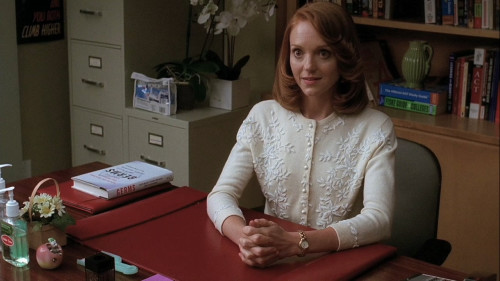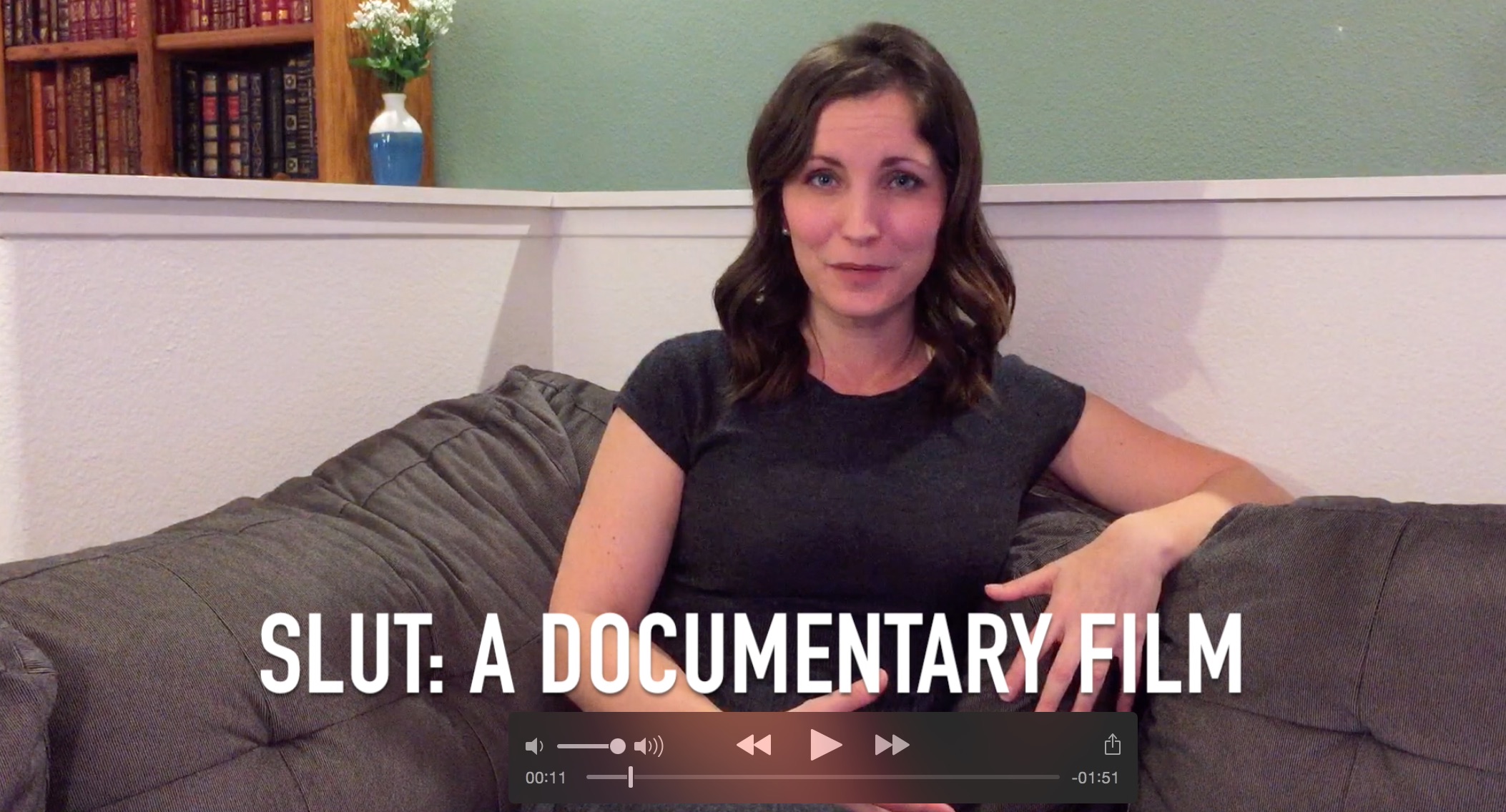Written by Erin Tatum.
I’ve always been attracted to the alternative and wonderfully wacky ways of expressing identity, so naturally I jumped at the chance to review Burlesque: Heart of the Glitter Tribe. Despite going to college in the Bay Area, my concept of burlesque was still admittedly arcane – I think of borderline cartoonish scenes ripped from Mad Men where hordes of anonymous businessmen in gray flannel suits ogle topless Marilyn Monroe look-alikes in a smoke-filled room (somewhat like this). It goes without saying that burlesque has evolved far beyond merely capturing the attention and lust of emotionally constipated men. Glitter Tribe (directed by Jon Manning) lays out the argument that neo-burlesque should be considered a bona fide art form within itself and the ensuing 75 minutes certainly make a compelling case.
The beating heart of the documentary is evident in the profiles of several Portland-based dancers, who each derive a different meaning and perspective from their performances. Zora Von Pavonine describes sleepless nights of laboring over costumes, fueled by her passion for fashion and rhinestones; Angelique DeVil discusses how her persona is her “megaphone” and an amplified fusion of all her past selves; Babs Jamboree chuckles over the juxtaposition of her no-frills day job and ultra feminine nightlife; Isaiah Esquire recalls that performing helped him overcome severe body image issues. No matter their individual motivations for dancing, one fact quickly becomes clear – obvious connotations notwithstanding, burlesque emphasizes cleverness and humor above all else.
Of course, the standard erotic fare is omnipresent. (Most delightfully, this film has opened my eyes to the existence of “assels” or ass tassels, which are exactly what they sound like.) However, the dancers pride themselves on seeking intellectual engagement with the audience and care about making them laugh more than making them horny. They acknowledge that while sexuality is the cornerstone of their routines, comedy plays a much larger role in their performance. Particularly for the unusual all-male group, the Stage Door Johnnies, personality is key. They poke fun at the fact that they’re men doing something usually dominated by women, but they’re also careful to nuance their humor beyond gawking at the objectification of the masculine.
In some cases, the dancers aren’t afraid to move their art into the realm of the abstract or complete absurdity. Babs Jamboree constructs an entire routine around the concept of a seductive burrito, featuring, you guessed it, herself as a giant personified burrito. She grins alluringly as she slips out of her tortilla coat (amazing) to reveal herself as a sexy jalapeño. Her tongue-in-cheek innovation continues when she spoofs the ridiculous male conundrum of worrying about the mechanics of hypothetical mermaid sex by transforming herself into a reverse mermaid, a decidedly off-putting fish head who has a human woman’s legs for days. I’m pretty sure I have a crush on Babs Jamboree, you guys. Other dancers court overt controversy. I have to say that watching Ivizia Dakini mime fellatio and later direct cunnilingus with a Jesus puppet was… unexpected to say the least, although she rightfully points out that pearl clutching about religion during a burlesque show is kind of hypocritical. Regardless, the performers pour their heart and soul into their routines, from fleshing out their creative visions to spending hours bedazzling shoes and bustiers. Each performance is a manifestation of love, community, and commitment. Ironically, the show becomes less about titillating the audience with physical bodies and more about stimulating their minds with artistic expression.
The performers also address the common criticism that they can’t be feminist because they’re “objectifying themselves.” They assert that performing is their choice and that burlesque provides the opportunity for such complex characters that it’s impossible to objectify their bodies because you can’t take the characters out of their persona or routine. I am of the personal belief that accusing a woman of being anti-feminist because of her personal choices she makes about her own body is an inherently contradictory concept, but I enjoy that they came up with a rebuttal that further emphasizes their love of the art. Angelique DeVil looks crestfallen as she relates how her mother flat-out told her that she was a source of embarrassment for her family (it probably doesn’t help that she was apparently an alternative teen growing up in North Dakota). The editors then decide to pour salt in the wound by immediately following this heartbreaking account of rejection with a cheery montage of basically everyone else talking about how much their parents enjoy the show. These folks are much braver than I, because as much as I love my parents and as liberal as they are, I don’t know if I would want them staring directly at my bejeweled anus. There’s a first time for everything, I suppose!
Above all else, what the performers treasure most across-the-board is the strong sense of empowerment and community that they have found through burlesque. Dancing provides a safe haven and a coping mechanism, helping the dancers overcome everything from alcoholism and drug addiction to processing the scars of childhood sexual abuse. As Isaiah Esquire will tell you, taking ownership of your sexuality through dance is its own kind of agency and power. It’s not about being universally perceived as sexy; it’s about the confidence of knowing your affect on each audience member. With a single motion or glance, you can make someone feel something. That ability to impart an emotion on someone else appears to be far and away the most rewarding experience that the dancers can have. They also become a tight-knit family – just as Angelique DeVil views burlesque as her true home in the wake of familial ostracism, Isaiah Esquire witnesses the generosity of his co-performers firsthand after they band together to raise money for an expensive knee surgery that would have left him unemployed and broke. The love that the performers feel for one another is palpable, and not just because they often canoodle onstage. It’s evident that they genuinely care about and support each other, sharing a deep understanding and commitment that people outside the world of burlesque just don’t have.
Sure, burlesque isn’t always glamorous. The performers are the first to admit that it’s neither a cash cow nor a respected career. Sleepless nights are a regular occurrence; costumes are a labor of love but frequent money pits; romantic relationships often suffer because partners feel that burlesque takes center stage before they do. At the end of the day, however, burlesque transcends being a simple hobby or fodder for a naughty night out. It’s an electricity, a spontaneous bond, a bold personal statement of individuality. All the sacrifice becomes worth it the moment the music starts to play.
Erin Tatum is a Bitch Flicks staff writer. She is a social media marketer and writer. She lives in Pennsylvania with her numerous dogs and birds. Her passions include animals, intersectional feminism, and baking. She is a diehard foodie with a weakness for bad reality TV.
